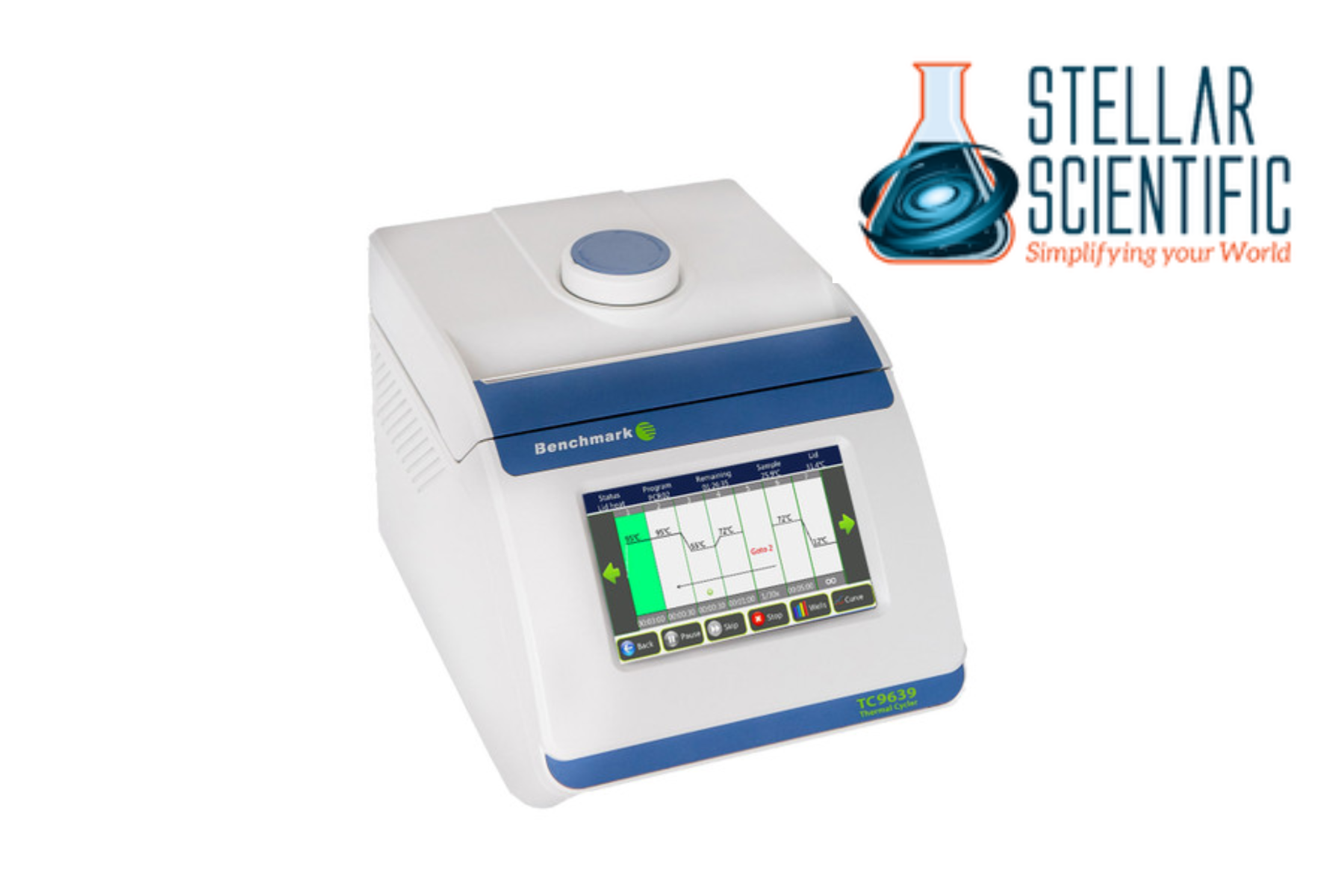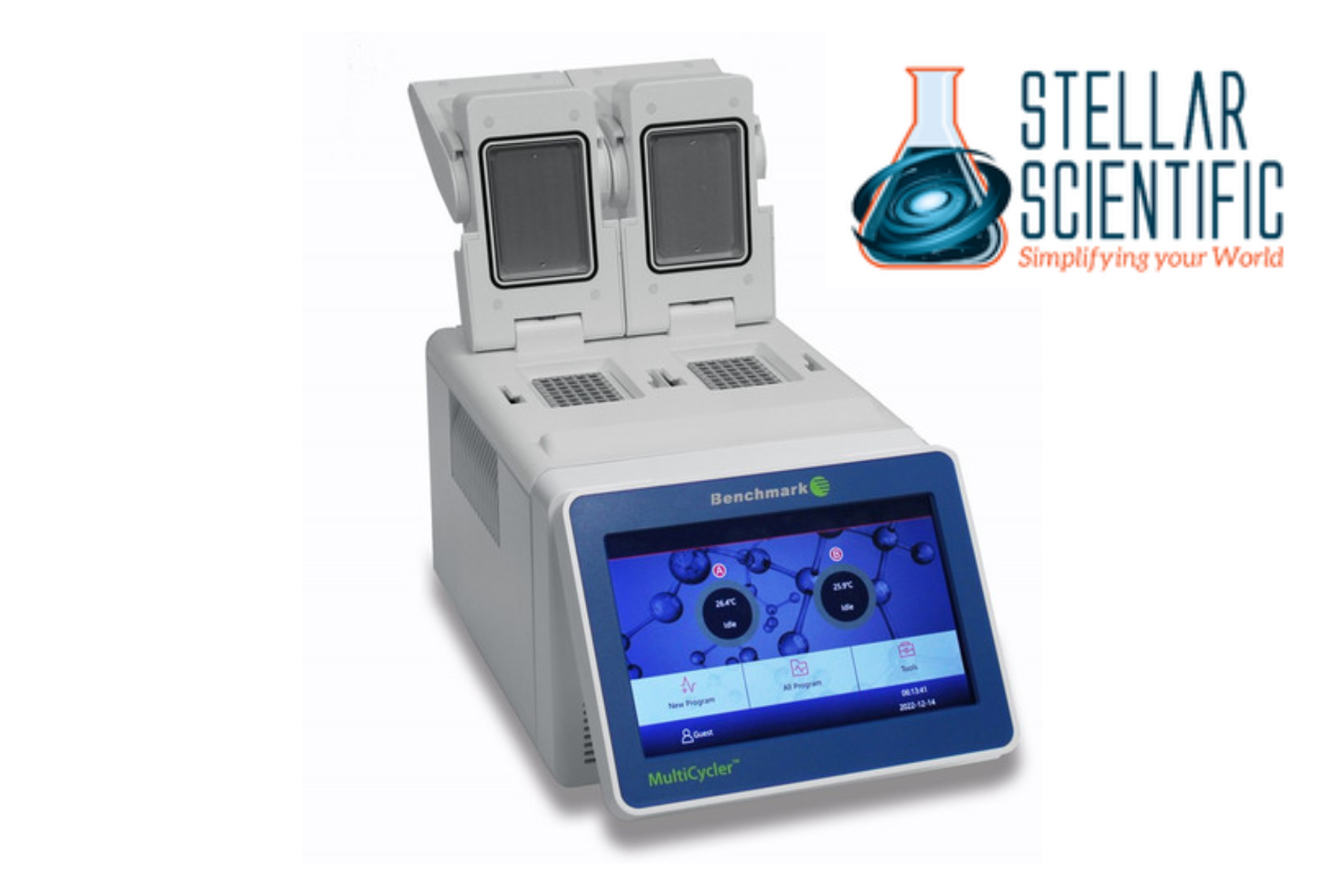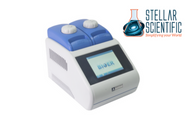Shop Thermal Cyclers for Fast, Reliable DNA Work
16th May 2025
Thermal cyclers are essential laboratory equipment that enable the amplification of DNA through a process known as polymerase chain reaction (PCR). PCR is a revolutionary technique used to make multiple copies of a specific DNA segment, and it plays a pivotal role in genetics research, diagnostics, and forensic analysis. Whether you are performing DNA sequencing, genotyping, or any number of other applications, having a high-quality thermal cycler is key to achieving accurate and reliable results.
In this article, we’ll discuss what makes a thermal cycler ideal for DNA work, the features to look for when shopping for one, and how to choose the best thermal cycler for your laboratory needs.

What is a Thermal Cycler?
A thermal cycler, also known as a PCR machine, is a device used to amplify DNA through PCR. It works by rapidly heating and cooling samples to specific temperatures to allow DNA denaturation, primer annealing, and DNA extension, which are the three essential steps of PCR.
Thermal cyclers typically have a heated block where tubes or plates containing the DNA samples are placed. The block is programmed to cycle between different temperatures, and this cycling process is crucial to the amplification process. The efficiency and consistency of temperature control, as well as the speed at which the machine can cycle, are critical factors for success in DNA work.
Key Features to Look for in Thermal Cyclers
1. Temperature Accuracy and Uniformity
One of the most important features of a thermal cycler is its ability to maintain accurate and uniform temperatures. Temperature accuracy ensures that the PCR reactions proceed as expected, with proper denaturation, annealing, and extension of the DNA strands. Even small deviations in temperature can lead to inaccurate or inconsistent results.
Look for thermal cyclers with precise temperature control, typically with a range from 4°C to 99°C. Advanced models may even offer higher precision, often within a 0.1°C margin of error, which is crucial for sensitive applications.
Uniformity is just as important, as uneven temperatures across the sample block can result in uneven amplification. High-quality thermal cyclers use advanced heating and cooling technologies to ensure that the temperature is uniform across all wells or tubes.
2. Rapid Heating and Cooling
The speed at which a thermal cycler heats and cools is another important consideration. The faster the thermal cycler, the quicker the PCR process can be completed. This is especially valuable in high-throughput labs that need to process multiple samples in a short amount of time.
Thermal cyclers with fast ramp rates (the speed at which they can reach the target temperature) can help reduce overall PCR run times, improving efficiency and productivity. In addition, fast cooling capabilities allow for quicker transitions between temperature steps, minimizing the time the machine spends on each cycle.

3. Programmability and Flexibility
A good thermal cycler should offer flexibility in programming to accommodate different PCR protocols. This includes customizable settings for the denaturation, annealing, and extension temperatures, as well as the ability to adjust the duration of each step.
Some lab thermal cyclers also offer the ability to program in gradient mode, which is useful when optimizing PCR conditions. With a gradient PCR, you can simultaneously test multiple annealing temperatures to find the best conditions for your specific primers and DNA samples. This feature can save a significant amount of time during protocol optimization.
4. User-Friendly Interface
A user-friendly interface is crucial, especially in busy labs where multiple individuals may be operating the machine. Many modern thermal cyclers come with touch screens or intuitive software that makes programming simple and quick. Some models also offer pre-programmed methods for common PCR protocols, which can further streamline the workflow.
Moreover, modern thermal cyclers often come with built-in protocols for specific applications, making it easier for users to select the correct settings without much prior knowledge of PCR processes.
5. Size and Sample Capacity
Thermal cyclers come in various sizes, ranging from compact models suitable for small labs to large, high-capacity machines designed for high-throughput testing. The sample capacity will depend on the size of the block and the type of tubes or plates it accommodates.
For most standard PCR applications, a thermal cycler with a capacity of 48 to 96 samples is sufficient. However, larger thermal cyclers may be required for high-throughput labs that need to process thousands of samples simultaneously. It's important to consider your lab's needs and choose a thermal cycler that aligns with your sample volume requirements.
6. Temperature Gradient Functionality
A temperature gradient is a valuable feature that allows a thermal cycler to run multiple temperatures across different parts of the sample block at the same time. This is especially useful when optimizing PCR reactions, as it allows you to test various annealing temperatures simultaneously to find the best condition for your primers.
A temperature gradient feature significantly reduces the amount of time required to optimize PCR conditions, making it an essential tool for research labs working on multiple protocols or projects.
How to Choose the Best Thermal Cycler for Your Lab
When shopping for a thermal cycler, consider the following factors to ensure that you choose the right one for your lab:
1. Application Needs
Determine the primary application for your laboratory thermal cycler. Is it for general PCR applications, such as DNA amplification and sequencing, or are you working on more specialized tasks like quantitative PCR (qPCR) or reverse transcription PCR (RT-PCR)? Specialized applications may require thermal cyclers with additional features, such as a built-in fluorescence detection system for qPCR.
2. Throughput Requirements
Consider how many samples you need to process at once. Smaller labs or individual researchers may find that a thermal cycler with 48 or 96-well capacity suits their needs, while high-throughput labs may need machines that can handle 384-well plates or more.
3. Budget
Thermal cyclers come in a wide range of prices depending on the features and capabilities. While it is tempting to opt for a less expensive option, it’s important to balance cost with the precision, reliability, and speed you need for successful DNA work. Investing in a high-quality thermal cycler may save you time and money in the long run by reducing errors and increasing the reproducibility of your results.
About Stellar Scientific
Stellar Scientific is a leading provider of laboratory equipment and supplies, dedicated to providing high-quality, reliable products for your scientific needs. Whether you are working with DNA, conducting experiments in microbiology, or managing environmental monitoring tasks, we offer a broad selection of laboratory tools and supplies, including thermal cyclers, PCR consumables, and more.
At Stellar Scientific, we focus on offering products that meet the highest standards of performance, enabling you to achieve accurate and reproducible results in your research and experiments.

